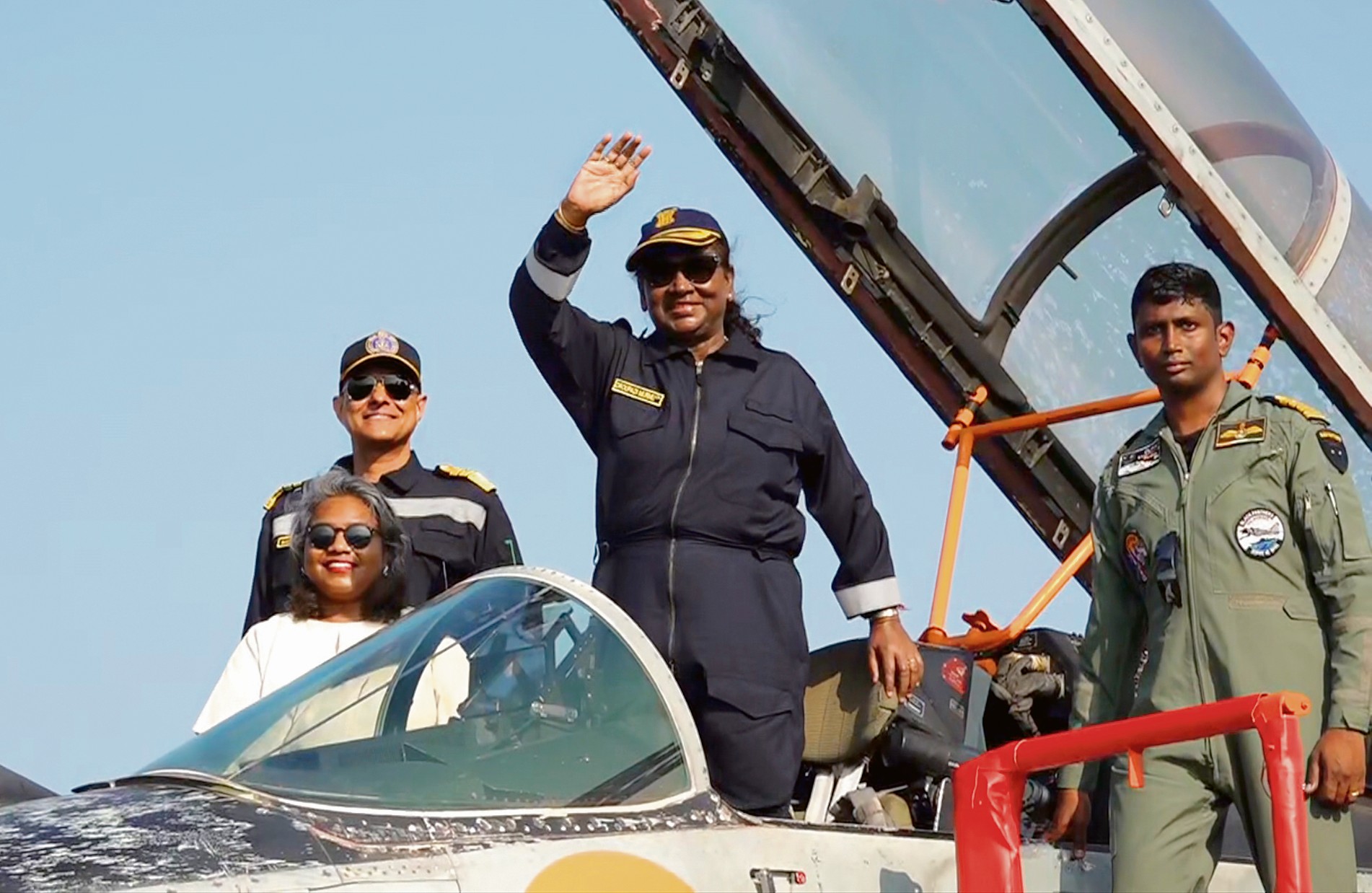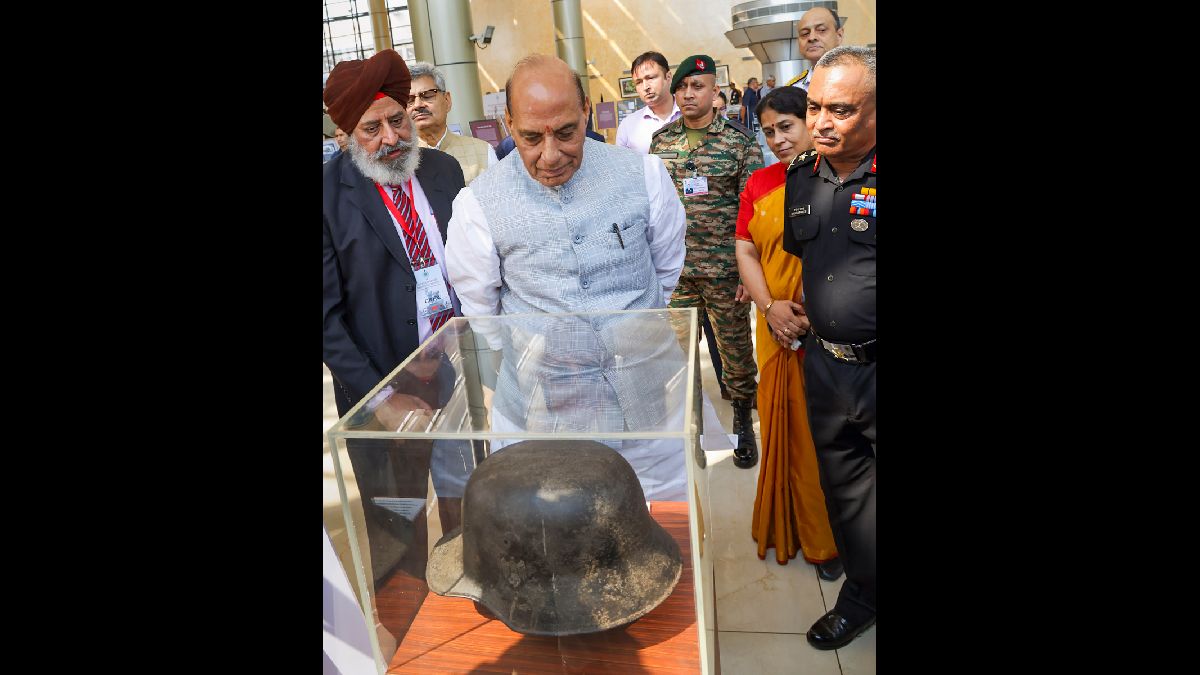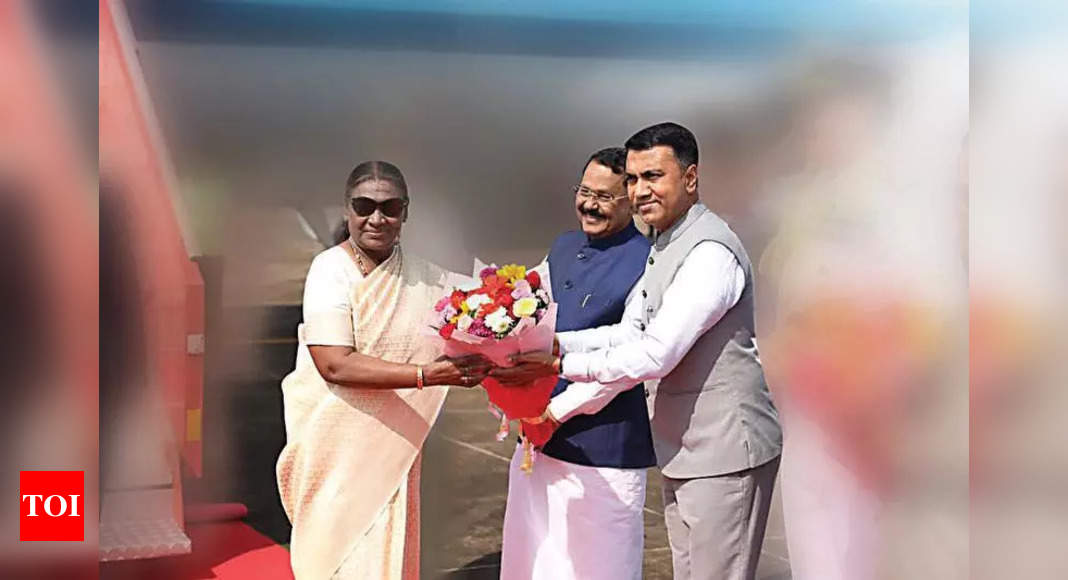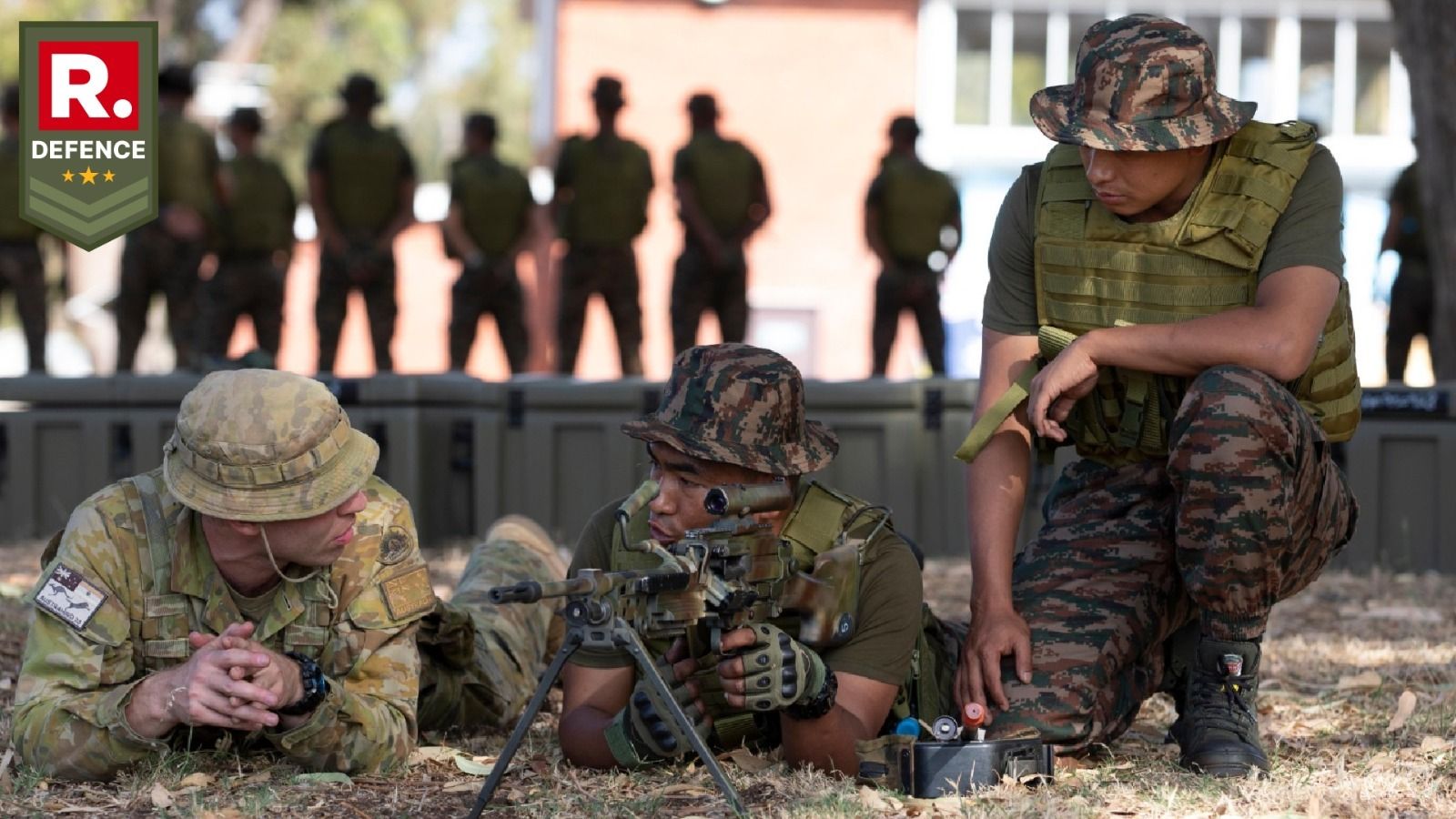President Droupadi Murmu Witnesses Indian Navy Operations Aboard INS Vikrant
President Droupadi Murmu made a significant visit to the Indian Navy’s operational demonstrations off the coast of Goa on Thursday,…
IAF, Navy, and Coast Guard Scrapping Uber Agreements Amid Cybersecurity Concerns
In a significant move aimed at enhancing the security measures for military personnel and their families, the Indian Armed Forces,…
India’s Stryker Deal in Jeopardy Amid Diplomatic Tensions with Canada; Defence Analysts Suggest Indigenous WhAP as Alternative
As diplomatic relations between India and Canada deteriorate, concerns are mounting regarding the Indian Army's planned procurement of Canadian-made Stryker…
Second Edition of Indian Military Heritage Festival Kicks Off in New Delhi
The second edition of a festival designed to honor and celebrate India's military heritage is set to commence today in…
President Murmu Emphasizes Strengthening Naval Power During INS Vikrant Visit
In a significant affirmation of India's strategic maritime capabilities, President Droupadi Murmu visited Goa, where she spent the day aboard…
India and Australia Set to Strengthen Defence Ties with AustraHind 2024 Military Exercise in Pune
India and Australia are gearing up for the 3rd edition of the joint military exercise AustraHind 2024, which is scheduled…






